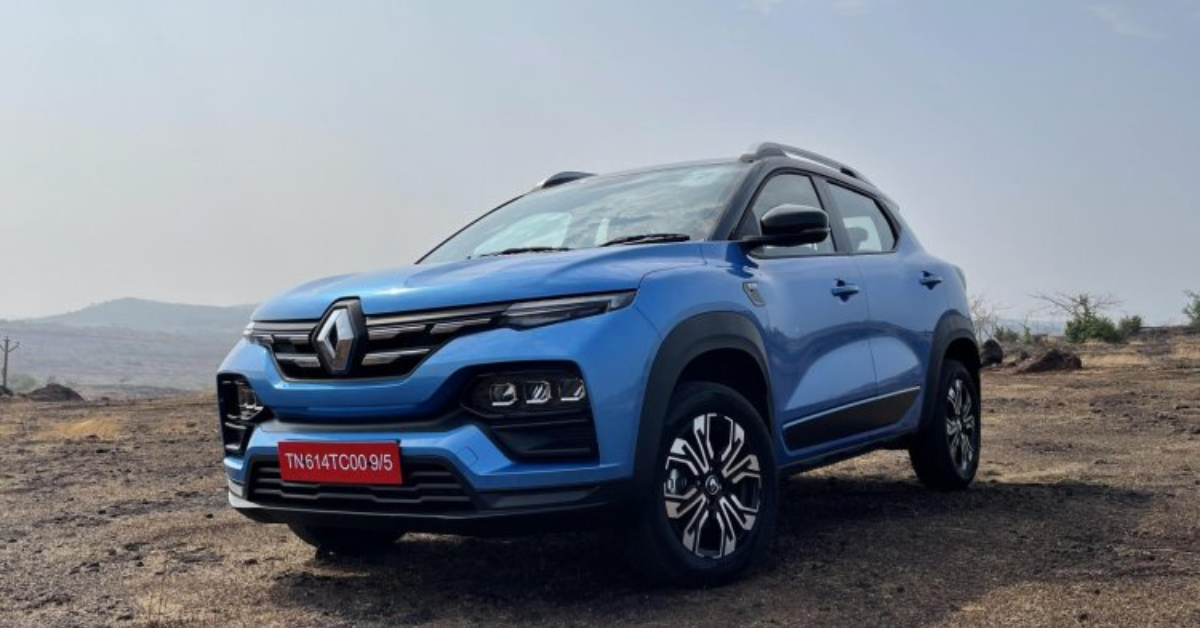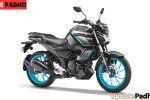Renault has always had a knack for designing smart, budget-friendly vehicles for Indian roads, and the Renault Kiger is no exception. Introduced as a compact SUV with bold styling, loaded features, and a competitive price tag, the Kiger aims to shake up the sub-4-meter SUV segment. After taking it out for a spin, we’ve got some solid first impressions to share.
Let’s break down the first drive experience — from design to drive dynamics — and see if the Kiger lives up to the buzz.
Bold Looks with a Youthful Appeal
The first thing you notice about the Renault Kiger is its design. It’s aggressive yet elegant, a tough balance to strike in the budget SUV segment. The sculpted bonnet, LED DRLs, triple-beam LED headlamps, and the signature Renault grille all work together to give it a strong presence on the road.
The dual-tone roof, stylish 16-inch diamond-cut alloys, and roof rails further add to its sporty appeal. The Kiger doesn’t just look good for its price — it looks good, period.
Cabin Comfort and Interior Experience
Step inside the Kiger, and you’re welcomed by a surprisingly spacious and modern cabin. The interior design is neat and functional, with thoughtful storage spaces throughout. The 8-inch touchscreen infotainment system supports wireless Android Auto and Apple CarPlay, while the digital instrument cluster is futuristic and clear.
The seats offer decent cushioning and support, especially in the front. Rear passengers get adequate legroom, and despite the sloping roofline, headroom isn’t compromised much. You also get a decent 405-litre boot, one of the largest in the segment.
Features That Matter
Renault has packed the Kiger with plenty of features to woo buyers:
- 8-inch floating touchscreen
- Wireless smartphone connectivity
- Arkamys sound system
- Automatic climate control
- Push-button start/stop
- Rear parking camera with guidelines
- Ambient lighting (in higher trims)
While it might not have premium features like a sunroof or ventilated seats, the Kiger doesn’t skimp on essentials.
Engine and Performance: Turbo Wins
The Kiger comes with two petrol engine options: a 1.0-litre naturally aspirated (NA) engine and a 1.0-litre turbocharged unit. We got our hands on the turbo-petrol variant with the CVT automatic transmission for the first drive.
Key Specs (Turbo Variant):
- Engine: 1.0L Turbo Petrol
- Power: 100 PS
- Torque: 160 Nm (manual) / 152 Nm (CVT)
- Transmission: 5-speed manual / CVT
On the road, the turbo-petrol engine feels lively and eager. There’s a noticeable difference in pickup compared to the NA engine, especially during overtakes and highway cruising. The CVT gearbox, while not sporty, is smooth and well-tuned for city traffic.
Driving Dynamics and Ride Comfort
The Kiger is built on the CMF-A+ platform, which it shares with the Nissan Magnite. It offers a balanced ride with good stability, even at higher speeds. The suspension is well-calibrated for Indian roads, absorbing potholes and bumps with ease.
The steering is light, which is great for city use, though it may feel a bit disconnected on twisty roads. Braking performance is adequate, and the overall drive experience is refined for a car in this price range.
Fuel Efficiency: Light on the Pocket
Renault claims the turbo CVT variant of the Kiger returns around 17.7 km/l, while the manual version gives up to 20 km/l. In real-world city conditions, you can expect 14–16 km/l depending on driving style. These numbers make the Kiger one of the more efficient compact SUVs out there.
Safety and Build
In terms of safety, the Renault Kiger gets:
- Dual airbags (4 airbags in higher variants)
- ABS with EBD
- Rear parking sensors and camera
- ISOFIX child seat mounts
- Seatbelt reminders and speed alerts
Though the Kiger hasn’t undergone Global NCAP testing, its sibling Nissan Magnite scored 4 stars in ASEAN NCAP, which hints at a reasonably good safety package for the platform.
Variants and Pricing
As of 2025, the Renault Kiger comes in multiple variants, catering to different needs and budgets. Prices start at around ₹6.50 lakh (ex-showroom) and go up to ₹11 lakh for the top-end turbo automatic.
This aggressive pricing, combined with style and features, is what makes the Kiger stand out.
Competition Check
The Renault Kiger goes head-to-head with:
- Tata Punch
- Nissan Magnite
- Hyundai Exter
- Maruti Suzuki Fronx
- Kia Sonet (lower variants)
- Hyundai Venue (lower variants)
While some rivals offer better premium features or more engine options, the Kiger holds its own with a unique balance of pricing, turbo performance, and practicality.
Final Verdict: Worth Considering?
Absolutely. The Renault Kiger is proof that budget doesn’t have to mean boring. With a smart design, zippy turbo engine, essential features, and good ride comfort, it checks most boxes for young buyers, small families, and first-time SUV owners.
If you’re looking for a compact SUV that’s stylish, spacious, and fuel-efficient — without burning a hole in your pocket — the Renault Kiger deserves a serious test drive.



